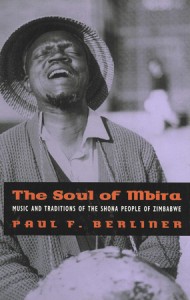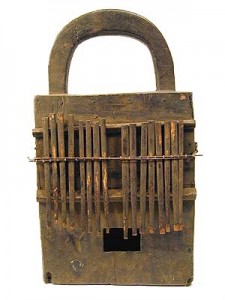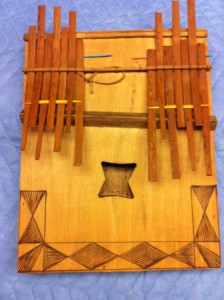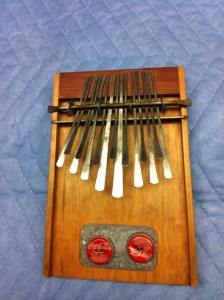Bob Gailer of Hillsborough, NC wanted to know about how I got started with mbira, so I thought this would be an excellent topic for a blog post (thanks, Bob!). I first heard mbira around 1977, when I was a graduate student at Northwestern University. I took a class on the history of jazz with noted ethnomusicologist Paul Berliner. Berliner was a jazz trumpet player, but he wrote his doctoral dissertation on the Zimbabwean mbira. The dissertation was published under the title The Soul of Mbira. In this jazz class, Berliner used the mbira to demonstrate aspects of improvisation. I remember being rapt by the complexity of mbira music, and fascinated by Berliner’s singing and yodelling in Shona, but at that time I wanted to be the next timpanist of the Chicago Symphony. It would be fifteen years before I would have another encounter with the instrument.
In 1992, I was teaching percussion at Winthrop University and playing in a percussion quartet with Fred Bugbee, a colleague of mine who taught percussion at Limestone College in Gaffney, SC. One day, Fred showed me an mbira he had acquired from a friend. I said, “I know that instrument. Paul Berliner played it at Northwestern.” I remember stroking the keys, saying something like, “Cool,” and going on with our rehearsal.
I thought about that instrument for days after that rehearsal, and finally called Fred to ask who made it. He said it was made by an art professor at Limestone, Andy Cox. Andy had learned to make an instrument by looking at the photos in Berliner’s book and following the tuning figures Berliner had cited. I called Andy and asked if he would make an instrument for me. Andy was gracious on the phone, but stopped short of agreeing to make me an instrument. Later, I gave a presentation for a music class at a local elementary school, and the music teacher there gave me an mbira with rattan keys from West Africa as a gesture of thanks. It looked very similar to this one from Mali.
It had two ranks of keys: one on the left and one on the right. I had purchased The Soul of Mbira and a couple of tapes of mbira music and was becoming more and more enthralled with the idea of learning to play. I took the West African rattan mbira and converted it to a karimba configuration (using toothpicks to make a secondary bridge) so I could learn to play some of the tablature arrangements in the back of Paul Berliner’s book. I felt like Richard Dreyfus’ character in Close Encounters of the Third Kind, when he was carving the mountain out of his mashed potatoes. I was becoming obsessed!
I learned to play Butsu Mutandari on this instrument. When I played it for Andy Cox, he finally agreed to make a karimba for me.
From these beginnings, I developed a close relationship with Andy, and he eventually made several mbira dzavadzimu for me in various tunings. I came up with my own version of Berliner’s tablature notation, and still use it today in my MbiraTab series of tablature transcriptions, which will be available soon from Bachovich Music Publications (www.bachovich.com).









Recent Comments